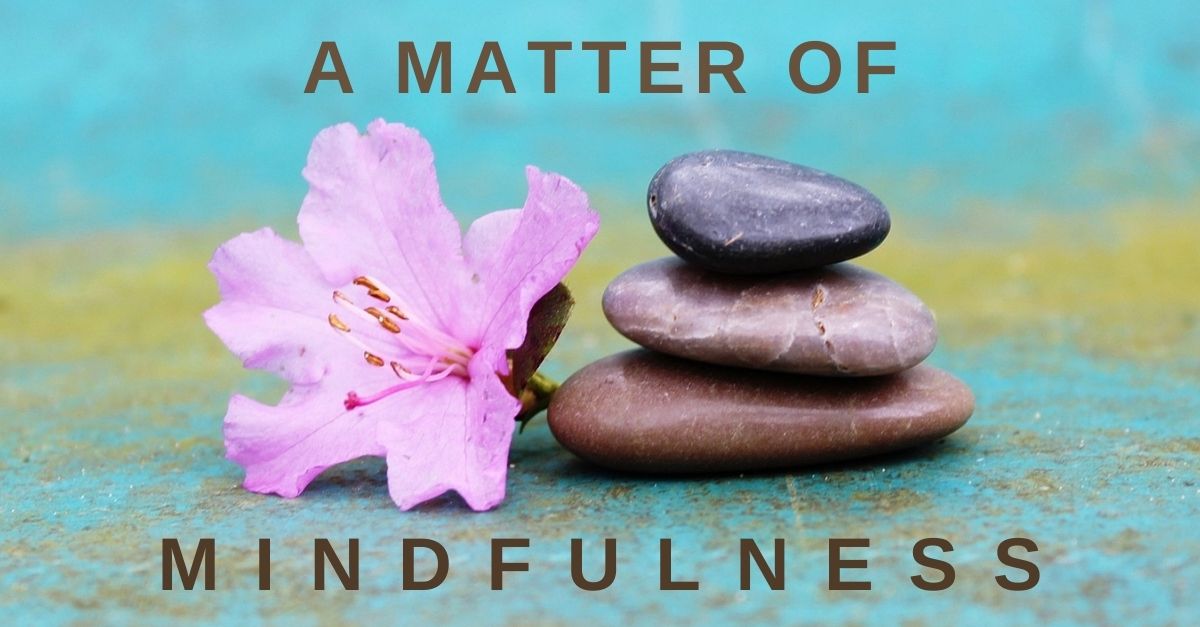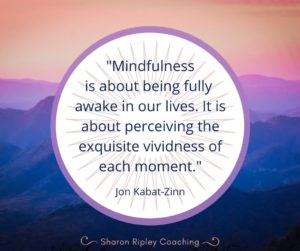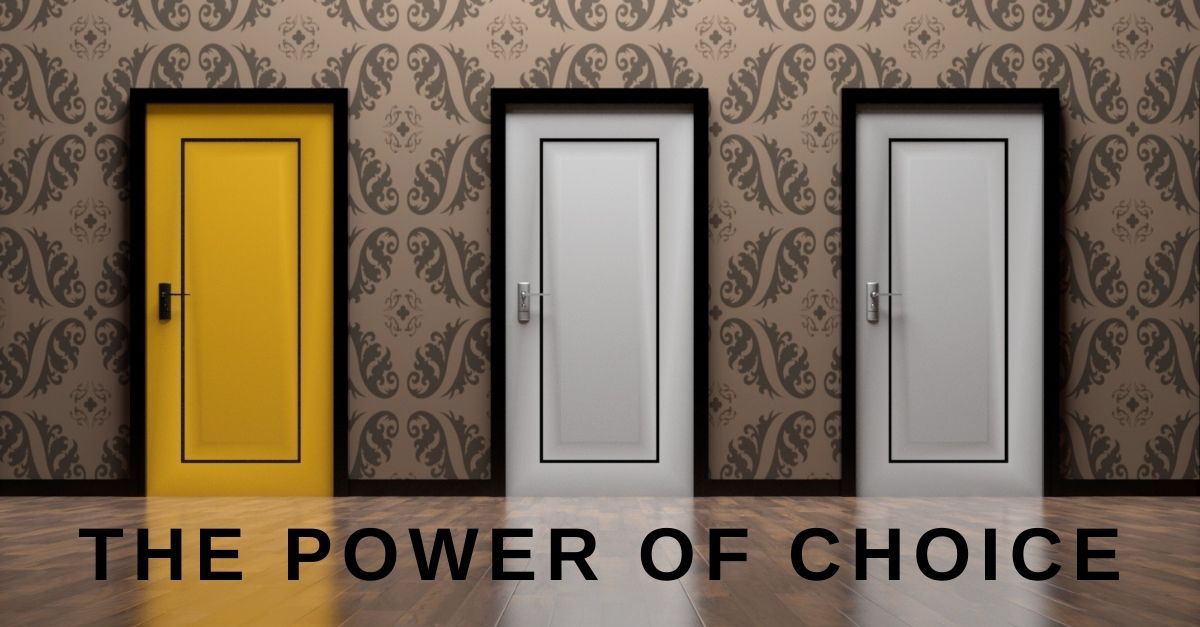Have you ever wished you could take a month off just to focus on your health and well-being?
As midlife women, most of us have some kind of health issue we know we should address, but never get around to, because it doesn’t feel urgent enough right now. Or, we’re simply so accustomed to putting our family’s needs first that our desire to improve our health keeps getting pushed to “someday”.
Well, I can tell you from experience that if you don’t make a conscious choice to put your health at the top of your list of priorities, your health will eventually put itself at the top of your list when you become ill. You know what they say…
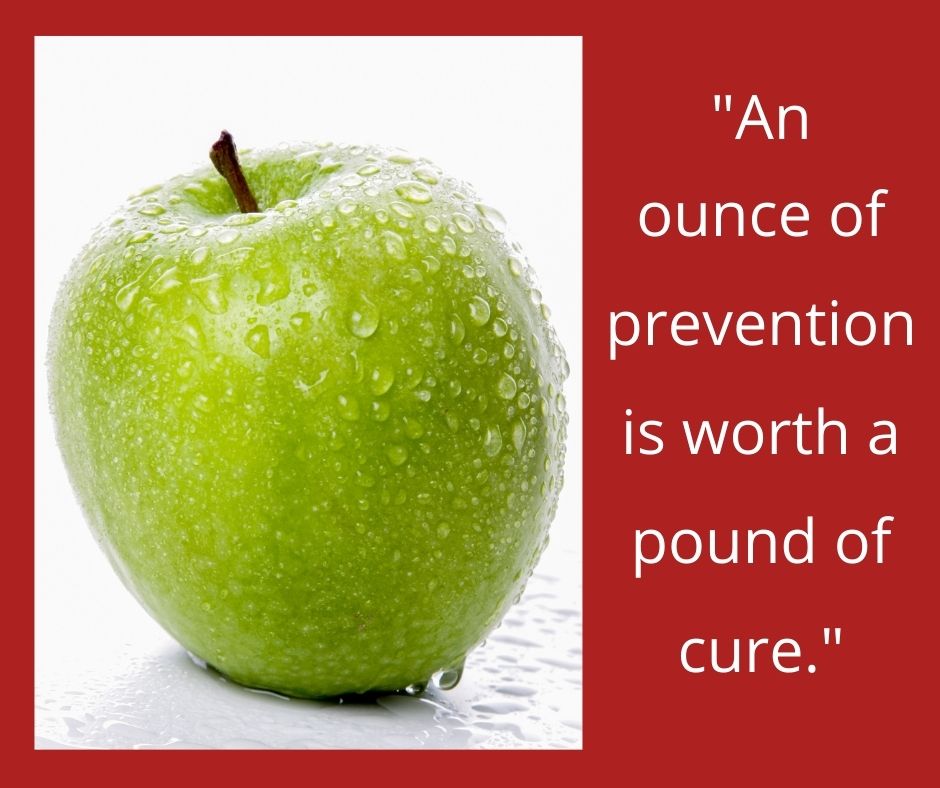
Unfortunately, it seems to be in our human nature to be more reactive than proactive so we tend to wait until a health crisis occurs before we take action.
Maybe it will be a stroke or heart attack or a life-threatening illness. Whatever the health crisis, it’s a wake-up call.
I have been blessed with two health-related wake-up calls in my life, both of them cancer. I use the word “blessed” because in both cases the cancer was discovered at an early stage and these events ultimately changed my life for the better.
Don’t get me wrong, I know getting a cancer diagnosis can be a tremendous shock to the system and the uncertainty of such a diagnosis was, for me, extremely unsettling to say the least. But, to be honest, a shock is what I needed to start paying attention to what I was doing to my body.
Let me be clear here, I’m not saying that all illnesses are the result of neglecting one’s health. There are many diseases and cancers, especially those in young children, whose causes are as yet unknown.
But regardless of how one becomes ill, there is no doubt in my mind that a conscientious approach to the healing process improves outcomes.
In my case, and in hindsight, I feel dietary and lifestyle habits were contributing factors in both of my cancers. My first wake-up call came as thyroid cancer in my late twenties. I had been under a lot of stress for several years, having left my full-time job to start a photography business, and was not taking very good care of myself.
Eventually, as a consequence of the cancer treatments, I had to close my business and let go of my entrepreneurial dream. Needless to say I felt a great sense of loss; however, I also felt relieved that I was getting off the hamster wheel that my life had become.
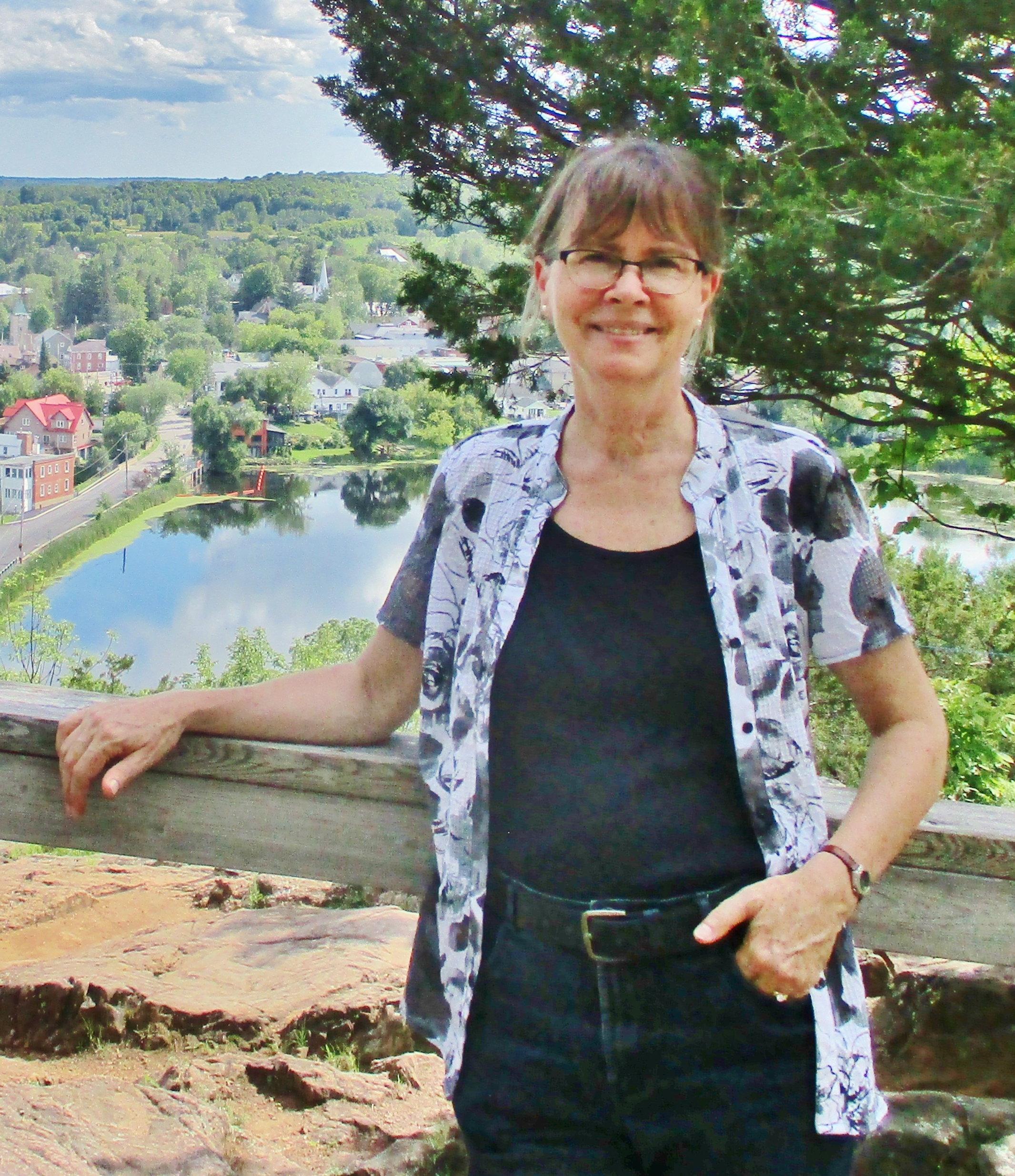
I was being given the gift of time to focus on my healing and it was the beginning of a transformative health journey. I began exploring a more holistic approach to healing and made meditation and healthy eating a priority. And although I experienced ongoing challenges as a result of the surgery and radiation, I remained cancer free for over 20 years.
Then came my second wake-up call…..breast cancer. I must confess that I had become somewhat complacent about my health by then and was also in the throes of menopause at the time of diagnosis so my anxiety levels were at an all-time high and my hormones were getting the better of me when it came to making healthy choices. I was using alcohol almost daily to take the edge off after a stressful day at work, and I also had a serious sugar addiction.
How could I have let cancer invade my body again?
I’d like to say here that cancer has many moving parts and it would be simplistic of me to say that I caused my cancer. But I had to acknowledge, once again, that I had let my health slip way down on my list of priorities. The hormonal fluctuations of menopause may have played a role in my illness but I certainly wasn’t helping the situation by adding these unhealthy habits to the equation.
So I began anew to give my health the priority it deserved….and which it was clearly demanding! I quit my stressful job to focus once again on healing and dove deeper into the health and wellness space, which was that much easier now that so much great information could be found online.
I devoured everything I could about midlife health and disease prevention and, 9 years later, I haven’t stopped!
I went back to school to become a health coach so I could share what I had learned and am once again pursuing my entrepreneurial dream. And the lessons I have learned from the past have served me well, although sometimes it takes a few taps on the shoulder to remind me of those lessons. If I ignore the taps on the shoulder I soon find myself in an energy crisis and survival mode.
For example, this spring I began to have more and more episodes of debilitating fatigue and brain fog which made it difficult to do anything productive and carry on with business as usual.
This prompted me to take an honest look at myself and I realized, once again, how all-consuming my business had become.
Since my business was a 100% online venture, I was spending way too much time on the computer. And because the pandemic meant I couldn’t go to the gym anymore it became very easy to let my physical activity slide, which in turn led to weight gain and a general sense of malaise.
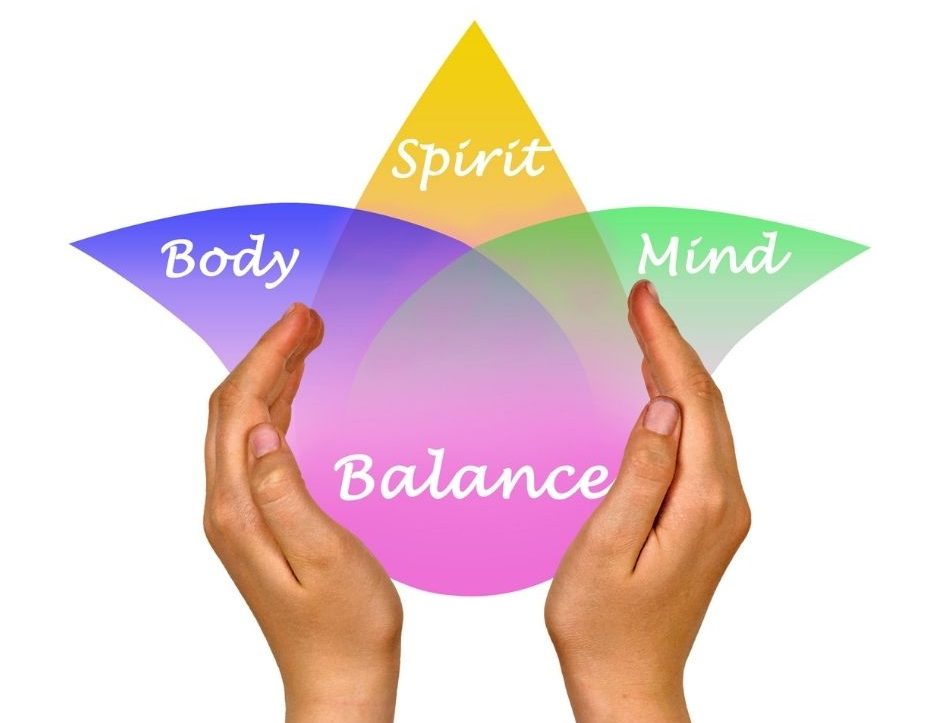
So I decided to take, what I like to call, a “health sabbatical” to figure out what was going on, recharge my depleted batteries, and find some life balance again. This ended up being much longer than I anticipated (3 months!) but it was so worth it.
Since my tolerance for exercise had diminished considerably and I frequently became short of breath with any kind of exertion, I began by incorporating yoga into my daily routine as a gentle form of exercise.
Eventually I introduced some mild resistance training with free weights and was able to build up enough strength to tackle some projects in the garden which in turn improved my fitness level.
I began devoting more time to my spirituality through reading and mindfulness practices which really helped me nurture that ever-so-important mind/body/spirit connection.
I also put myself through a liver cleanse, which I’d never done before, and it was life-changing!
All of this required a significant commitment of time and energy, so having taken leave from my business made it that much easier to follow through on my intentions. I immediately began to get my focus and energy back, I lost the weight I had gained during the pandemic, and it feels like I’ve hit the reset button when it comes to my health.
How about you? Is there something about your health that you know needs your attention?
I realize not everyone has the luxury of taking several weeks off work to be proactive about one’s health but it doesn’t have to be all or nothing.
It’s about taking small incremental steps that take into account your life situation and circumstances to build the confidence and motivation to keep going.
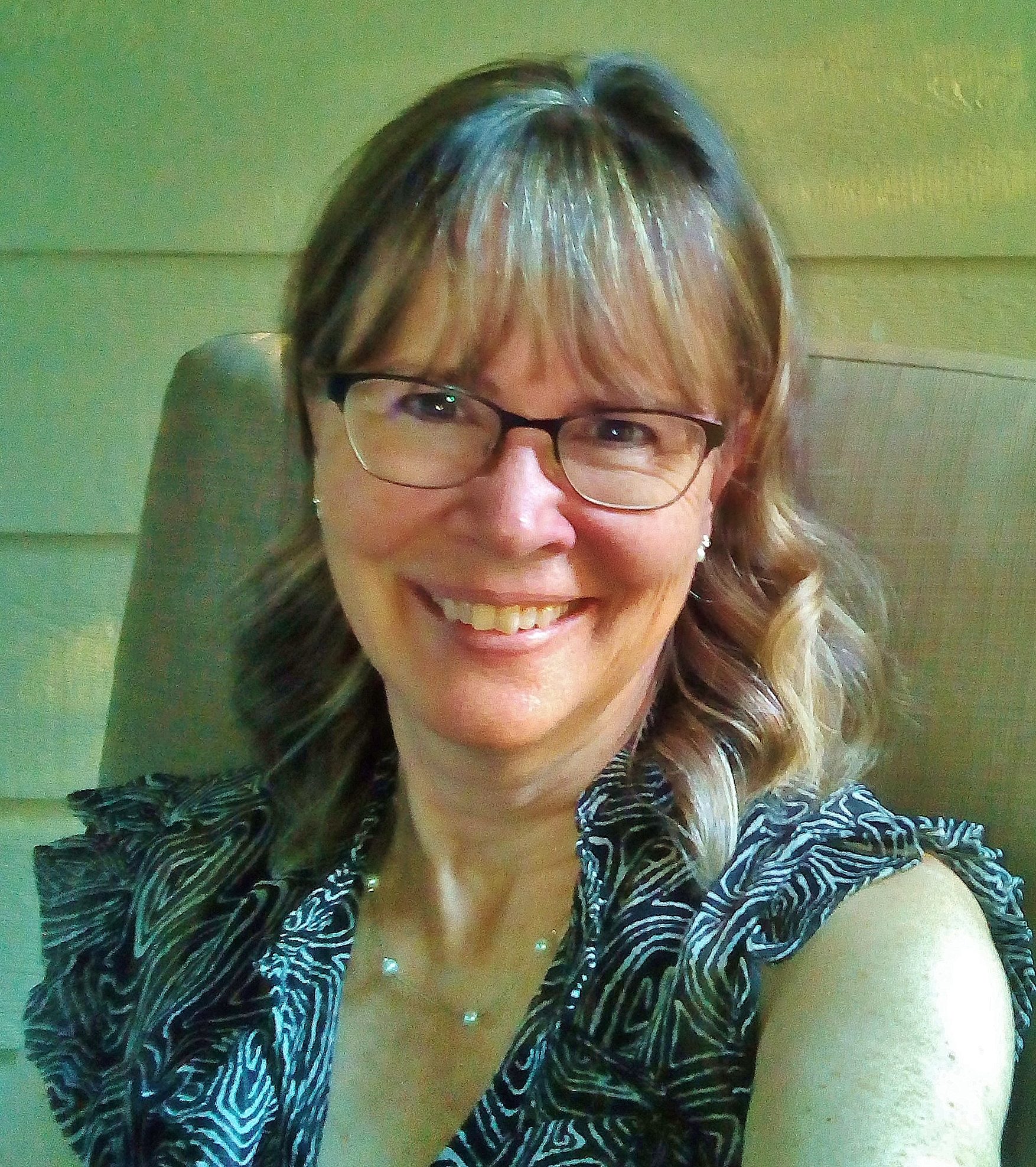 Are you ready to get proactive about your midlife health and give it the attention it deserves? If so, let’s chat!
Are you ready to get proactive about your midlife health and give it the attention it deserves? If so, let’s chat!
I know from personal experience that making positive, lasting change is SO much easier when you have someone to guide and support you on your journey. I’d love to be that person for you!
You can learn more about my free Jump-Start Session here.
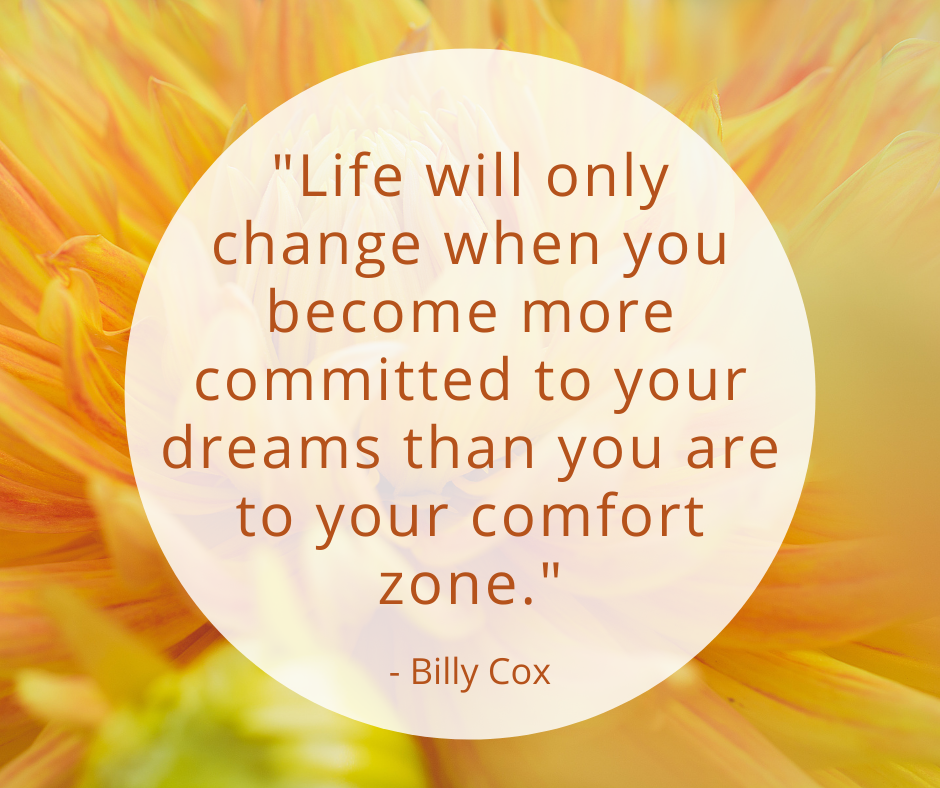 And the clearer you are about your priorities and your purpose in life, the easier it becomes to take that leap of faith and let go of those things that aren’t in alignment with your vision. It also makes it easier to recognize and embrace the rewards when they come.
And the clearer you are about your priorities and your purpose in life, the easier it becomes to take that leap of faith and let go of those things that aren’t in alignment with your vision. It also makes it easier to recognize and embrace the rewards when they come.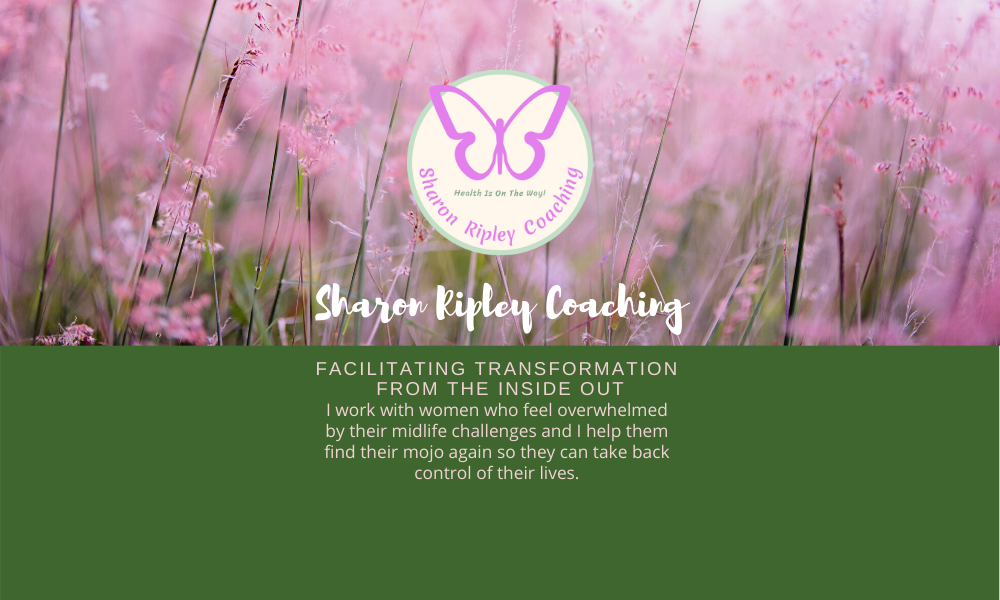
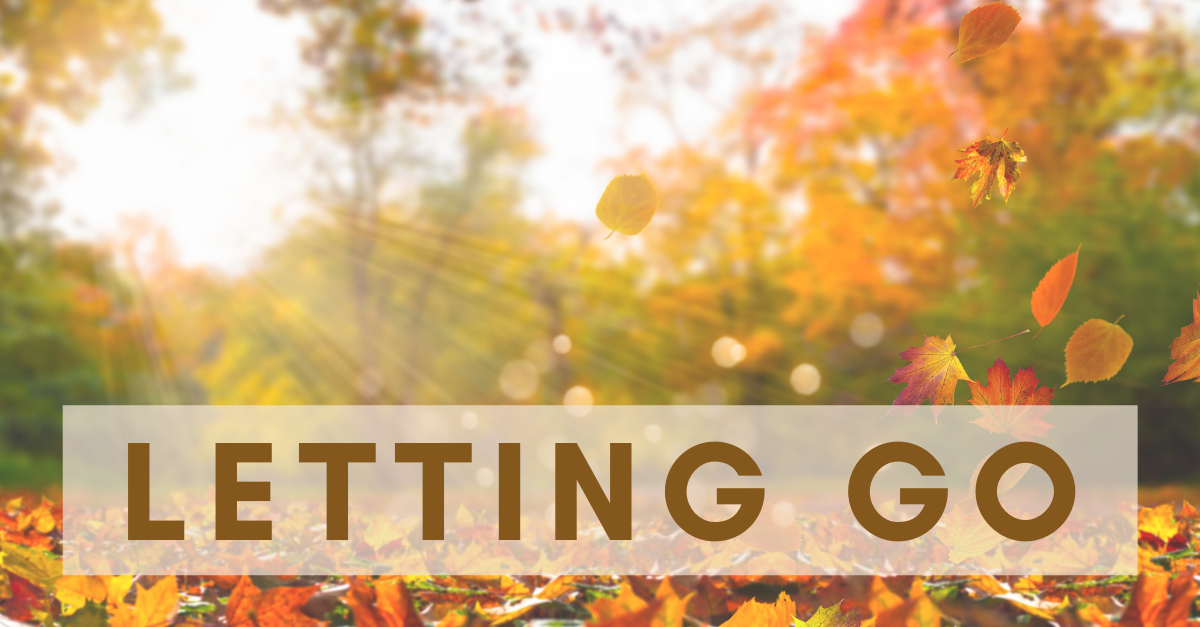
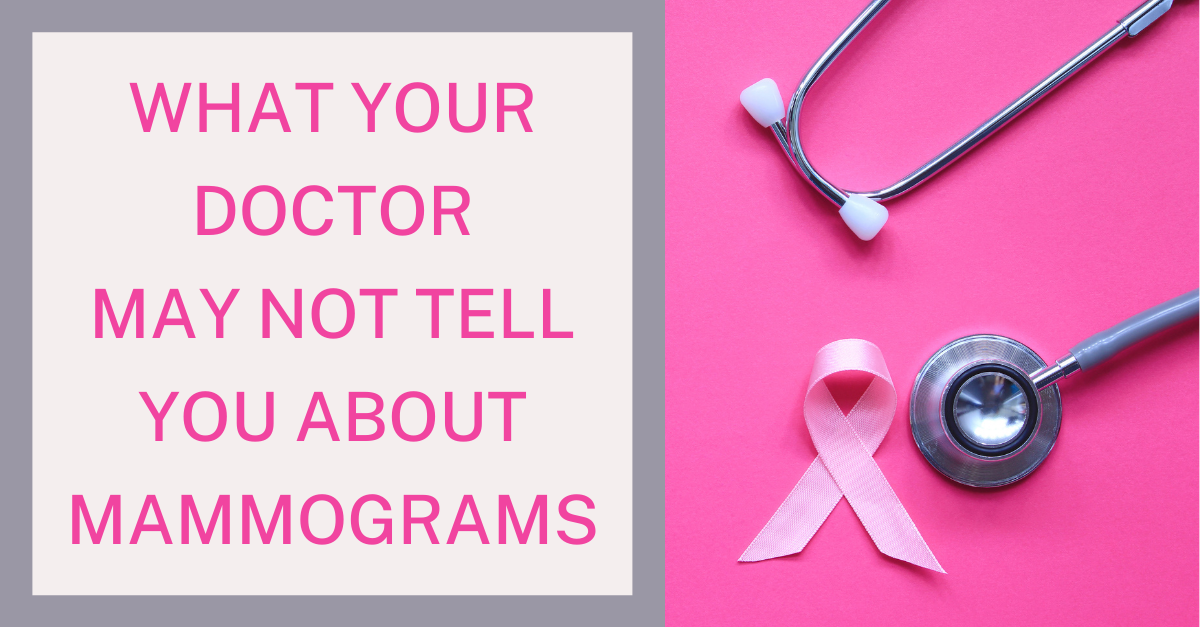
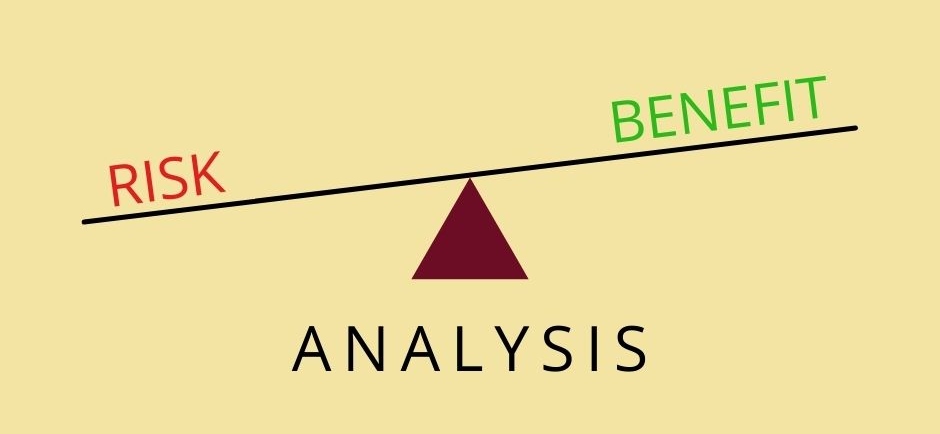
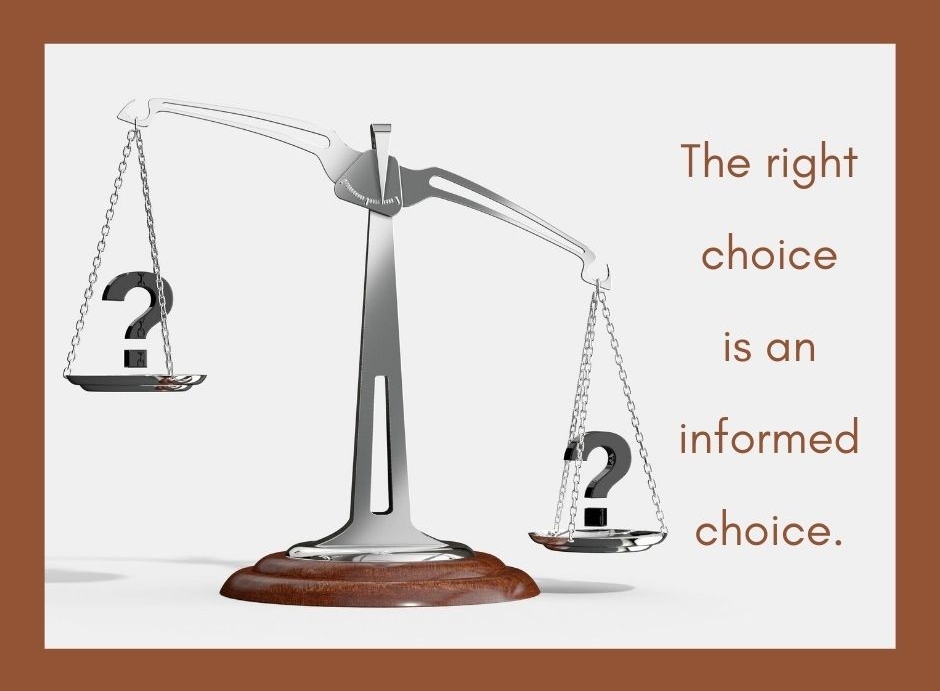
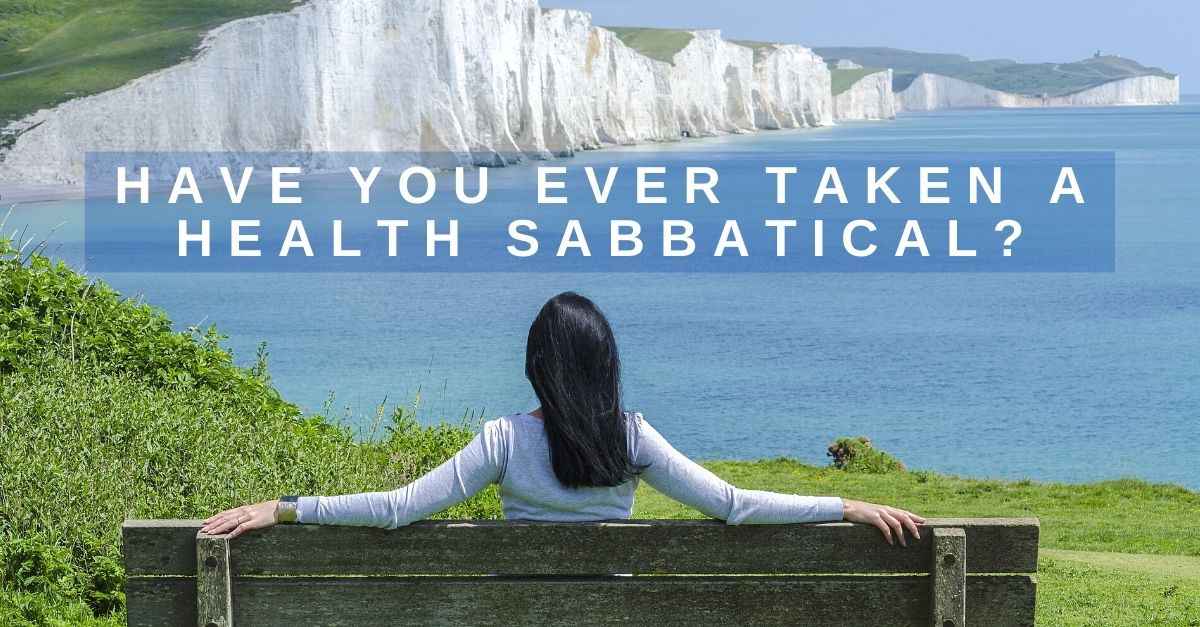



 Are you ready to get proactive about your midlife health and give it the attention it deserves? If so, let’s chat!
Are you ready to get proactive about your midlife health and give it the attention it deserves? If so, let’s chat!